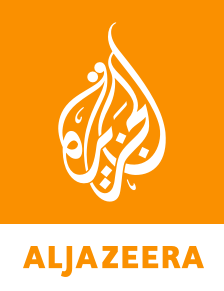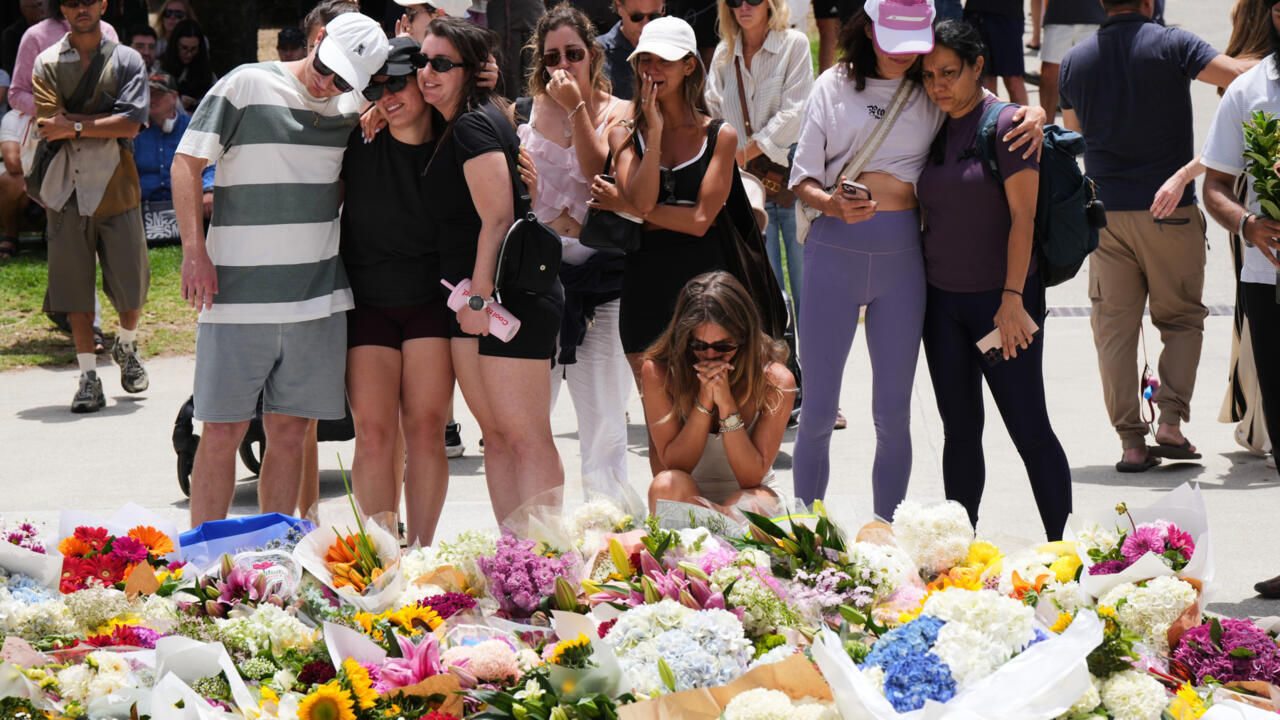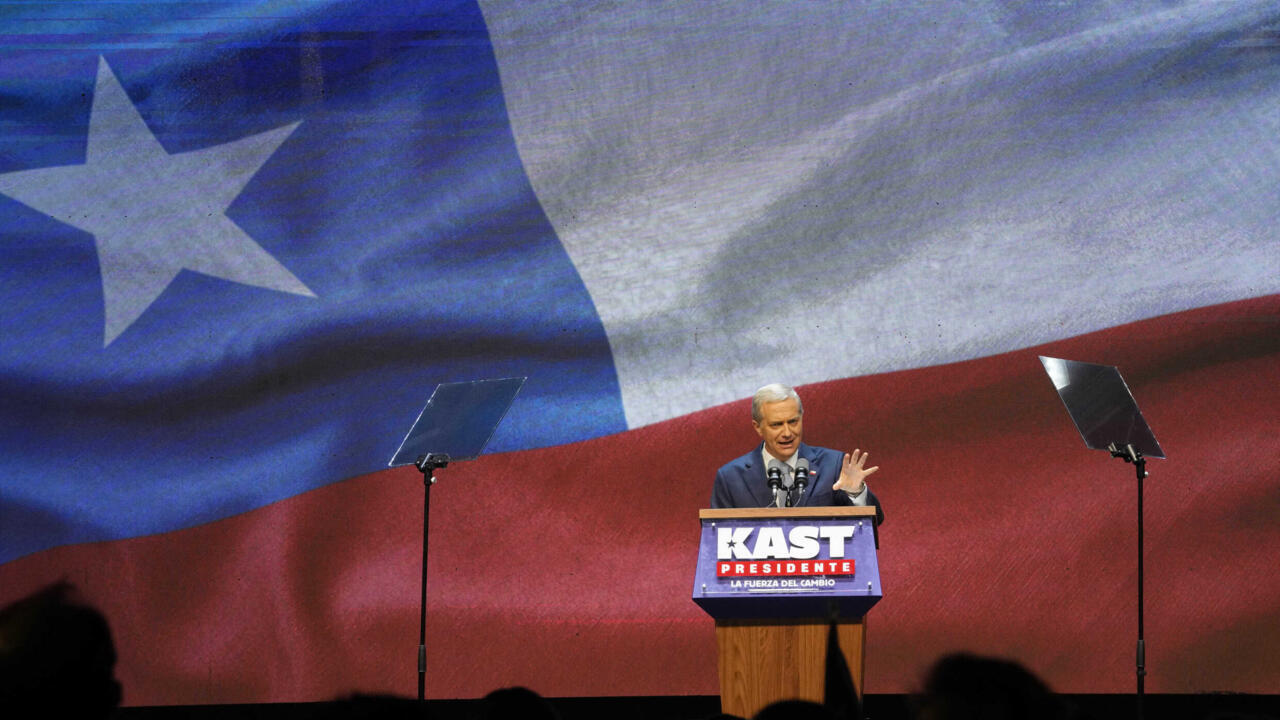On Tuesday, Iraqis from across the country will head to the polls to elect a new parliament.
Analysts and observers believe the voter turnout will indicate whether Iraqis have any confidence left in the current political system to provide security and improve basic services.
Recommended Stories
list of 3 items- list 1 of 3Dick Cheney and the sanitising of a war criminal
- list 2 of 3Special vote under way for forces and displaced in Iraq parliamentary polls
- list 3 of 3Iraq’s PM al-Sudani may win the elections, but lose his post
Both issues have plagued Iraqis since the United States invaded in 2003 to topple then-President Saddam Hussein, an invasion that ruptured Iraq’s social fabric and prompted a rebellion against the US occupation.
What’s more, the occupation triggered fighting between Shia and Sunni militias from 2006 to 2008 and between Iraqi government forces and ISIL (ISIS) from 2013 to 2017.
Since the first elected government in 2005, Iraqis have grown disillusioned with their governments’ failure to improve the lives of citizens and the predominance of unchanging faces heading militarised parties. Yet many will still head to the polls.
Here’s all you need to know about the parliamentary elections:
How does it all work?
Well, voters will select 329 members of parliament.
Of this number, at least 25 percent – 83 seats – will go to women.
Early voting for Iraq’s security personnel and its 26,000 displaced people took place on Sunday.
For the rest of the population, polls will open at 7am (04:00 GMT) on Tuesday and close at 6pm (15:00 GMT).
They will cast their ballots at polling stations across 18 of Iraq’s 19 provinces. The recently created province of Halabja will be included with Sulaimaniya in the vote.
How many people are running?
There are 7,744 candidates running, most affiliated with sectarian political parties and blocs – a direct outcome of the “muhasasa” (quota) system ushered in after the US invasion.
Muhasasa was an attempt to bring about proportional representation among Iraq’s diverse ethnic and religious communities.
According to the system, the speaker of parliament will always be a Sunni, the prime minister a Shia and the president a Kurd.
 Interactive Iraq elections
Interactive Iraq electionsWho are the major players?
This election will see a powerful Shia bloc headed by former Prime Minister Nouri al-Maliki run in the elections as well as a coalition headed by the current leader, Mohammed Shia al-Sudani.
The latter is aiming to secure a second term as prime minister, yet analysts believe his chances are slim due to deep divisions within the Shia Coordination Framework (SCF), which is the principal Shia political bloc.
The SCF was formed in 2021 and appointed al-Sudani as prime minister in 2022.
Meanwhile, the main Sunni political force running in the elections is the Taqaddum (Progress) Party, headed by parliamentary Speaker Mohamed al-Halbousi. His party’s supporters mainly hail from Sunni heartlands in the west and north of the country.
The major Kurdish parties competing in the elections are the Kurdistan Democratic Party, which is trying to secure larger shares of oil reserves to boost the budget in the semiautonomous Kurdish region of Iraq.
The rival Patriotic Union of Kurdistan (PUK), which favours closer relations with the government in Baghdad, will also be competing for seats and influence.
Anyone boycotting?
Powerful Shia cleric Moqtada al-Sadr has urged his followers to boycott the elections.
Al-Sadr commands a large following in southern and central Iraq, which he can easily mobilise onto the streets, according to analysts.
Al Jazeera previously reported that al-Sadr boycotted the elections to protest the muhasasa system, which he reportedly wants to replace with a government formed by the blocs that win a majority in elections.
Critics fear that abandoning proportional representation along sectarian lines could eventually pave the way for a new dictatorship.
Nevertheless, the refusal of Sadrists to participate in the elections could damage the legitimacy of the next government, Tamer Badawi, an Iraq expert with the Royal United Services Institute, told the Atlantic Council.
He added that any crisis of confidence in the next government could hurt its ability to provide adequate services.
 Interactive Iraq elections
Interactive Iraq electionsHow many people will vote?
Probably not as many as in previous elections.
Only 21.4 million out of a total of 32 million eligible voters have signed up from 19 provinces to partake in the elections, down from four years ago when 24 million people registered.
Many observers and analysts believe voter turnout on Tuesday could dip below 2021’s 41 percent, the lowest turnout on record.
The lack of participation in Iraq’s elections has been attributed to growing disenfranchisement among Iraqi youth over the muhasasa system, which many perceive as enabling corruption and injustice.
What’s at stake?
Al-Sudani is pursuing a second term as prime minister, and his bloc is positioned to win the most seats, yet he may still fail at securing the backing of major Shia parties to retain his post.
Al-Sudani’s first term saw him under increasing US pressure to crack down on the Popular Mobilisation Forces (PMF), or Hashd al-Shaabi, a quasi-state paramilitary group that fought and defeated ISIL in 2017 and that the US views as aligned with Iran, which has been influential in Iraq since the US invasion.
Al-Sudani has promised to integrate PMF units into the government and fully submit them to the chain of command of the Iraqi army and other conventional security forces.
This has been an increasingly delicate task since PMF groups have accrued their own power by entrenching themselves in the economy and creating political parties prominent in the SCF, power that could enable them to win significant seats and compete for major posts in the next government.
Yet according to the Atlantic Council, the larger player in the SCF is al-Maliki, who harbours ambitions to become prime minister for the third time despite being widely blamed during his two consecutive terms (2006-2014) for exacerbating sectarian grievances, which led to the rise of ISIL.

 1 month ago
17
1 month ago
17










 English (US) ·
English (US) ·